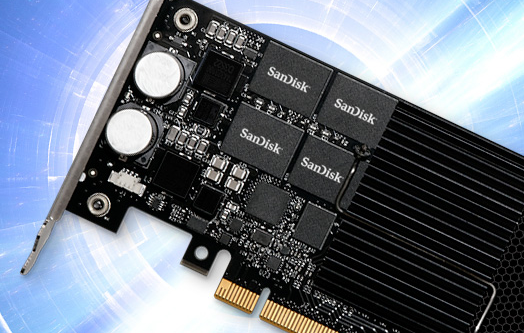
SanDisk believes we are entering the era of the Flash-Transformed Data Centre, when every tier of the data centre is seeing rapid adoption of flash technology.
The company wants to incorporate flash technologies in all tiers of the data centre – whether the data centre is supporting enterprise IT organisations, third-party hosting businesses or cloud computing organisations.
Flash arrays for the data centre hit $1 per GB with the launch of SanDisk’s InfiniFlash range of storage.
CBR spoke with Steve Wharton, Principal Systems Engineer at SanDisk to understand flash and its impact in collocation sites.
CBR: How did SanDisk come around with the flash solution?
SW: SanDisk has been in the Flash industry for a long time now. We were the pioneers over 26 years ago and since, we have been involved with Flash based technology. SanDisk is a totally flash orientated company.
CBR: What is the recent launched Flash Soft application?
SW: Flash soft is a piece of software which SanDisk launched recently and it is one of SanDisk’s strategist acquisitions in the last three years around the enterprise side of our strategy.
What Flash Soft allows to do, is to take flash – either Fusion ioMemory or SSDs – and install this software on the host.
It is a way of accelerating work loads, detach the larger than the capacity of the flash device someone is putting in front of that workload and by doing that it reads and it can also write performance. One might typically use that in a database where the data sets are larger if they want to put the entire workload on flash technology itself
CBR: But how can Flash technology transform data centres?
SW: There has been a well known disconnect gap between conventional disk space storage, where you just have spinning bits of units inside the hardrives, the rate at which they can process or release information is far to slow for computer power within the data centre. For the last 20 years, CPUs have increased in their performance capabilities by a factor of two million, where conventional storage has only increased by a factor of 20.
That represents a massive gap between those two performance profiles that lead to big inefficiencies in data centres.
By performance being so low, it means customers will spend far too much money on conventional storage, servers, consequently leading to excessive spending around application licensing, power or cooling for example.
Costumers can take flash and apply it to enterprise workloads and that allows to close that gap and have a much more balanced architecture in the data centre.
When computing persistent io are more balanced, users can get a much greater efficiency out of a building block, out of a server inside their data centre, allowing to consolidate, reduce the cost of ownership and get improved performance all at the same time.
CBR: And what were the challenges while developing Flash?
SW: Flash has some kirks; it is not like conventional persistent storage. We can get high capacities these days and of course the data is persistent. Once it is stored on Flash it is saved when the power is removed. It is all about moving electrons around and depending on the number of electrons a very small amount of space, that can take the value that has been held in that cell in the flash device.
In order to use Flash in enterprise customers need to work in a very effective way and use sophisticated techniques to deal with the reliability and the endurance, and also protect the information that is actually held in that device.
When someone takes Flash into an enterprise it is not just and expectation to run mission critic data on it. The solution is used to actually adopt Flash in anger at large as it needs often very reliable robust products to also accelerate their applications.
CBR: You recently acquired Fusion ioMemory. Can you expand on that?
SW: That was the latest in a string of strategic enterprise orientated acquisions for the last three or four years.
Fusion io at the time of the acquision were the market leaders with base Flash in the enterprise market. It was all about getting to a new type of customer.






